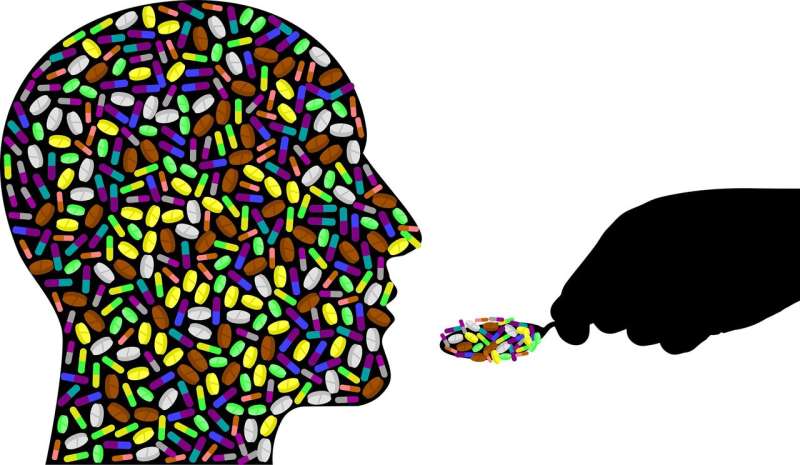Each opioid prescription refill increases risk of family members’ misuse, researchers find


In 2019, more than 10 million Americans misused prescription opioids—1.6 million of them for the first time. Patients who undergo surgery are three times more likely to get an opioid prescription than those who do not have surgery, but the vast majority of postoperative patients do not finish their prescriptions, leaving pills unused after surgery. More than half of individuals who misuse opioids report obtaining the drugs from family or friends, many of them without asking.
In a new paper published in JAMA Network Open, physician-scientists at Beth Israel Deaconess Medical Center (BIDMC) investigate the relationship between a surgical patient’s new opioid prescription after hospital discharge and subsequent opioid misuse and chronic opioid use in family members in the same household. The team found that the risk of opioid misuse and chronic use increased in households in which the patient obtained refills, and that each additional prescription refill was associated with increased hazard of opioid misuse among family members in adjusted models.
“The risk of opioid misuse appeared to increase only in households in which the patient obtained refills,” said corresponding author Gabriel A. Brat, MD, MPH, surgeon in Trauma and Surgical Critical Care in the Department of Surgery at BIDMC. “Family members in households with any refill had an increased risk of opioid misuse and chronic use. Our study highlights that surgeons should be aware that ambient opioid exposure within households is one of the known dangers of over prescription of opioids.”
Brat and colleagues analyzed administrative data from a U.S. commercial insurance provider with more than 35 million covered individuals. Participants included 843,531 patients who underwent surgery from 2008 to 2016 paired with their family members. Most pairs included female patients and male family members and patients aged 45-54 years and family members aged 15-24.
Among the pairs in which the patients received no opioid prescriptions, there were 0.4% opioid misuse events and 0.7% chronic misuse events among family members. When the patient was exposed to at least five opioid prescriptions, incidence of misuse more than tripled to 1.3% and the rate of chronic use quadrupled to 2.4%. In adjusted models, each additional opioid prescription refill for the patient was associated with nearly a 20% increase in hazard of opioid misuse in the family member.
Source: Read Full Article